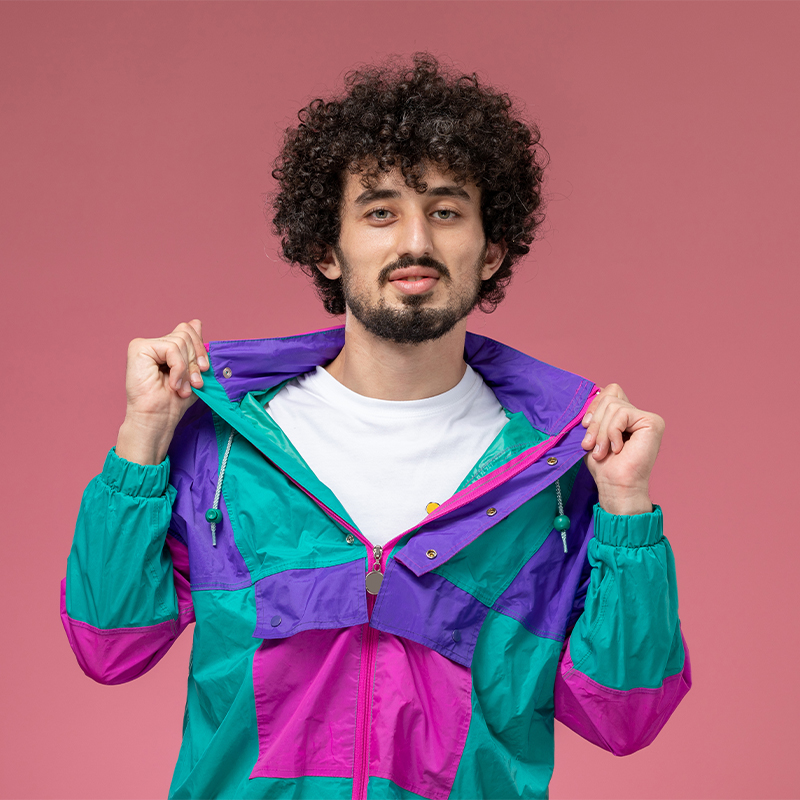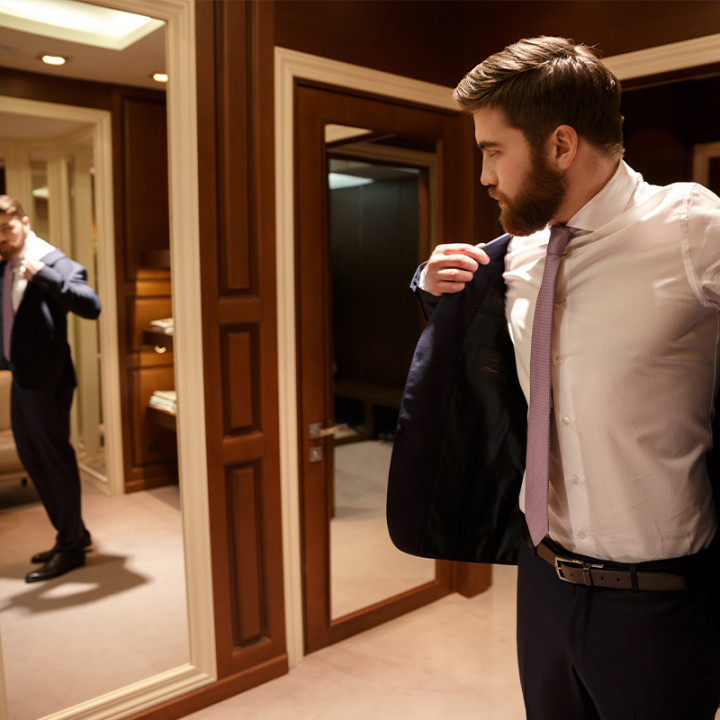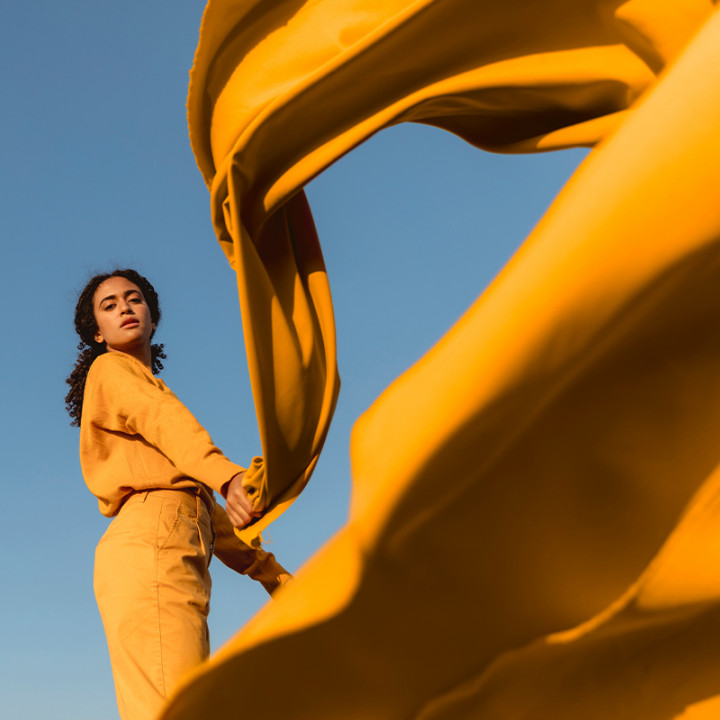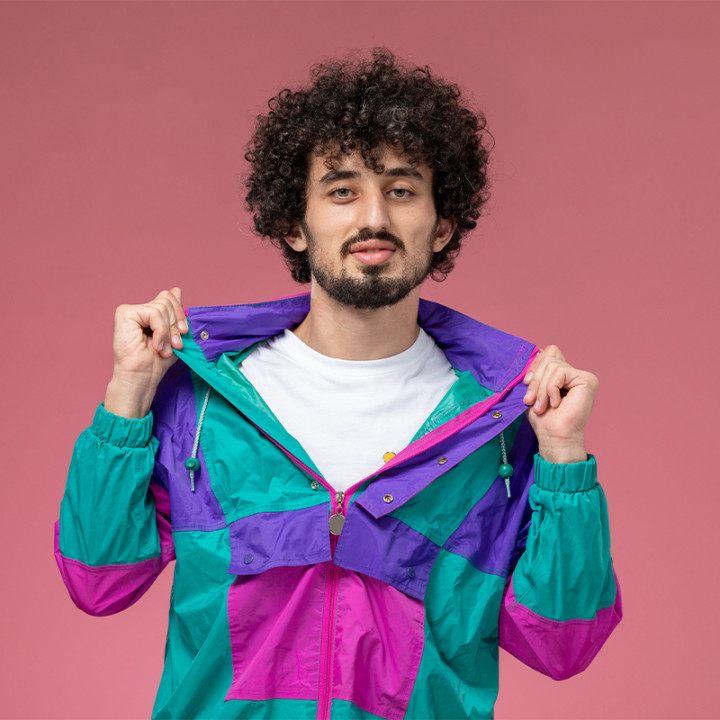
Wearing Clothing as Personal Expression
Clothing is rarely neutral; it is a language through which identity, intention, and emotion are expressed. Every garment, cut, and fold becomes part of a personal ritual, a practice that communicates more than mere aesthetics. The act of dressing is both deliberate and intimate, connecting the body, the mind, and the surrounding environment. It is in this ritual that clothing transcends function, becoming an extension of the self, a medium for reflection, and a tool for articulation.
Rituals of dress begin with awareness. Choosing materials, textures, and silhouettes is a conscious act, informed by both intuition and philosophy. Soft, flowing fabrics may invite introspection, while structured, angular forms convey confidence and authority. Layers, folds, and drapes are not arbitrary; they are gestures that shape posture, movement, and presence. Every element contributes to a narrative, allowing the wearer to inhabit a persona that is authentic, aspirational, or exploratory.
The significance of repetition cannot be overstated. Daily rituals of clothing cultivate familiarity with materials, forms, and movement. By engaging consistently with certain textures or shapes, the wearer develops a sensory vocabulary, a relationship with the garments that extends beyond visual perception. This intimacy allows subtle communication of mood, intention, and self-perception. Repetition in ritual emphasizes the intentionality behind choices, highlighting clothing as an active participant in the shaping of identity.
The emotional dimension of these rituals is profound. Garments evoke memories, influence confidence, and transform presence. Wearing a structured piece may provoke a sense of empowerment, while soft, layered fabrics can soothe and ground. The tactile qualities of material, combined with volume, cut, and movement, shape psychological states as much as physical appearance. In this way, the act of dressing becomes a form of meditation, a practice in which the body and mind are aligned through the medium of cloth.
Beyond individual experience, fashion rituals are performative. Clothing mediates interaction with others, signaling intention, mood, or affiliation without the need for explicit words. Silhouettes, textures, and contours create a visual dialogue, allowing the wearer to project identity outwardly while maintaining control over perception. Shadows, folds, and drapes become part of this language, emphasizing or obscuring, revealing or protecting, guiding the eye and shaping interpretation. The ritual thus exists simultaneously in private and public spheres, bridging inner experience and external communication.
Intentionality extends to layering and juxtaposition. Combining different textures, forms, and weights produces tension, contrast, and resonance. Each combination is an experiment, a personal statement that transforms the act of dressing into a deliberate expression of philosophy. Subtle asymmetry, draping, and distortion invite reflection and engagement, turning even minimal forms into complex visual and emotional experiences. Through this process, garments cease to be objects and become instruments of storytelling.
The temporal aspect of fashion rituals is equally significant. Clothing interacts with the wearer over time, responding to movement, posture, and environment. Fabrics bend, fold, and stretch, creating evolving contours that shift with every gesture. The ritual is therefore dynamic, a continuous feedback loop between wearer and garment, body and material. Through mindful engagement, the individual learns how each piece inhabits space and how presence is transformed by subtle variations in drape and structure.
Fashion rituals also cultivate agency. By consciously selecting, arranging, and wearing garments, the individual asserts control over self-presentation and perception. This process fosters empowerment, encouraging experimentation, self-awareness, and authenticity. The ritual transforms ordinary routines into deliberate practices of personal expression, elevating dressing from necessity to an artful performance. Each day, each outfit, each fold becomes a canvas for intention, reflection, and dialogue.
Ultimately, the power of clothing as ritual lies in its ability to merge thought, emotion, and physicality. It is a practice that transforms identity into tangible form, allowing the wearer to explore, project, and refine the self continuously. Each act of dressing is an opportunity to craft presence, communicate philosophy, and engage in a subtle, ongoing conversation with the fashion world. Garments are no longer passive; they are collaborators, guides, and instruments in a deeply personal, ever-evolving ritual of expression.
In essence, fashion rituals reveal the intimate relationship between clothing and identity. They highlight how texture, silhouette, and material can shape perception, emotion, and presence. By approaching dressing with intentionality and awareness, clothing becomes a vehicle for self-exploration and articulation. Each ritual is an act of personal storytelling, transforming everyday routines into meaningful gestures, and allowing the wearer to inhabit a space that is both expressive and authentic.




